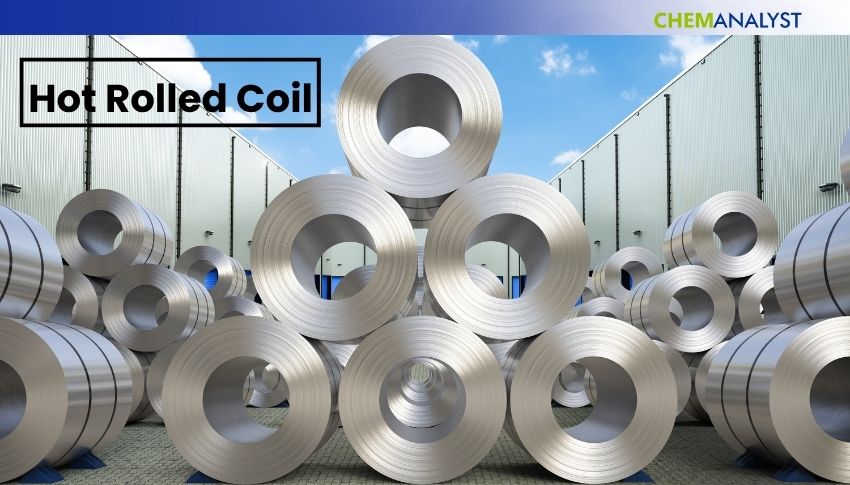Welcome To ChemAnalyst

In the second week of July 2025, German Hot Rolled Coil (HRC) prices fell by 2.6%. There is an evolving crisis in the European steel market that has been amplified by U.S. trade tensions, upcoming CBAM regulations, and continued overcapacity issues. The price erosion also highlights the challenging environment for European steel producers as they contend with increasing imports and lingering policy uncertainties.
Key Takeaways:
Germany and Northern Europe experienced significant HRC pricing pressure as service centers reported heightened uncertainty in price trends. The competitive landscape intensified with mills offering dramatically different pricing strategies - some reducing offers significantly to secure late summer orders while others maintained higher prices. North European service centers highlighted the complexity of determining precise pricing due to minimal differences between import and domestic HRC costs, making advantageous importing increasingly difficult.
Southern Europe mirrored German HRC market challenges, with sources describing the landscape as highly competitive amid insufficient demand for all market participants. Italian traders specifically noted the challenging import environment, citing potential CBAM pressures. The narrow pricing gap between imported and domestic HRC has complicated traditional trading patterns, with both Southern European and Antwerp import prices experiencing slight declines while domestic prices remained relatively steady.
The European HRC market faces unprecedented challenges from redirected trade flows following the U.S. tariff increase to 50%. This policy shift has effectively closed a major export outlet for European producers while simultaneously flooding the EU market with steel previously destined for American consumers. The situation is compounded by global overcapacity estimated at five times total EU steel production, creating overwhelming supply pressure.
CBAM rules create a double trouble for HRC markets. On the one hand, some see the opportunity to increase imports before 2026 to avoid carbon reporting, yet the current uninviting conditions and the threat of increased safeguard duties are impacting immediate levels of import interest. The uncertainty is further exasperated by the EU's delays in effective trade measures.
The recovery of the HRC market hinges on the successful roll out of the Steel and Metals Action Plan, particularly the implementation of strengthened trade measures in September, moving away from safeguards. Energy cost competitiveness is still a crucial issue. Electricity cost is compounding, as longstanding issues in electricity market design continue to disadvantage European producers against international manufacturers with lower costs.
According to ChemAnalyst, the German HRC market outlook is difficult during the summer months, with recovery contingent on the effectiveness of EU policy responses to trade diversion and energy cost disadvantages. The likely September trade measures and December CBAM adjustments are important for the market to stabilize HRC in general, and the Germany marketplace specifically; but the ongoing global overcapacity and trade pressures from/with the U.S.A. will continuing to pressure European HRC prices and production capacity utilization.
We use cookies to deliver the best possible experience on our website. To learn more, visit our Privacy Policy. By continuing to use this site or by closing this box, you consent to our use of cookies. More info.
